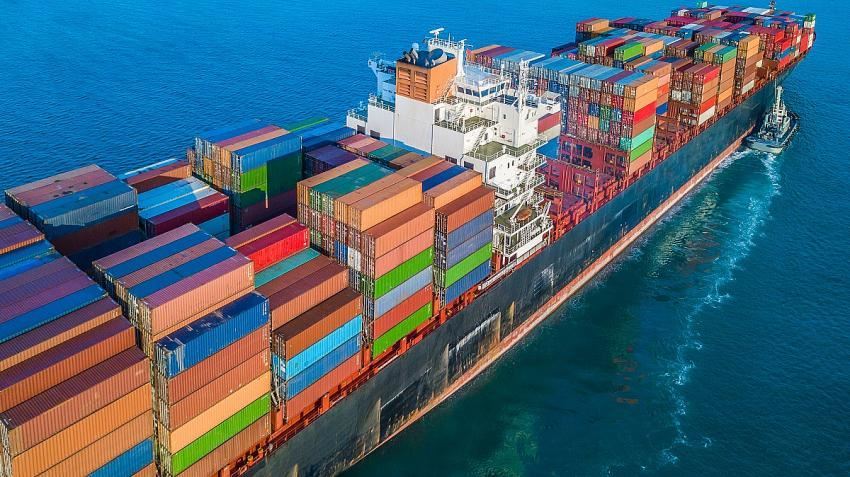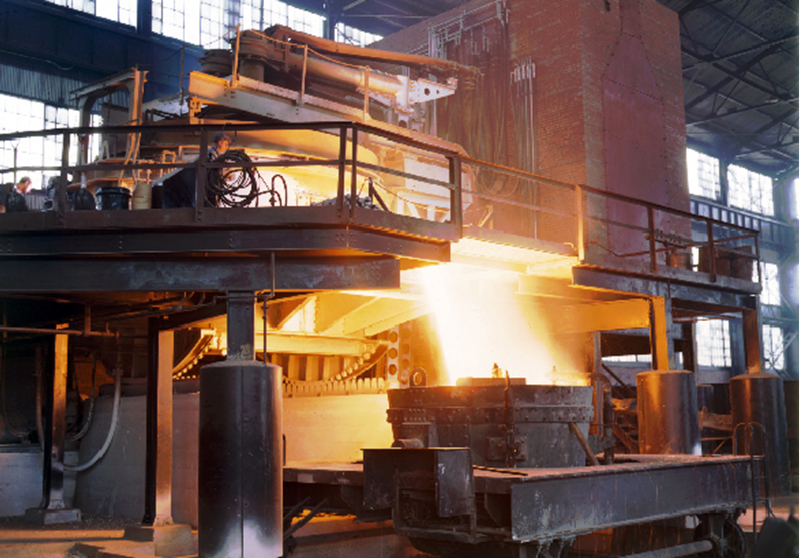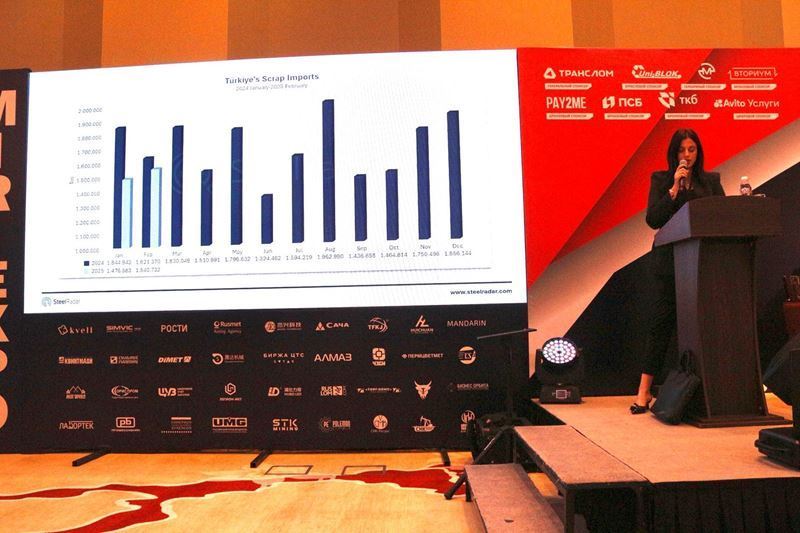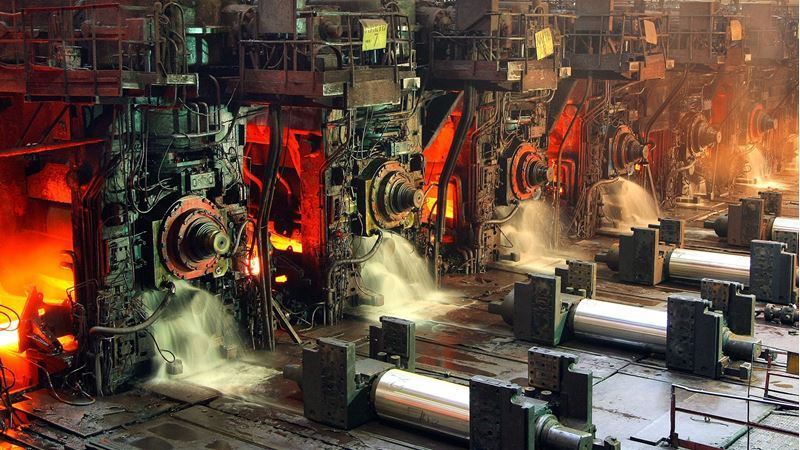Record freight rates in the maritime sector, which carries 80 percent of global trade, have entered a rapid downward trend in the last month and a half, with the slackened demand in the economies and the easing of the congestion in the ports.
Oslo-based international shipping broker Fearnleys makes the following assessment in its weekly client note, specifically referring to the drop in panamax freight rates: “Freight decreases on all routes due to insufficient demand. The number of empty ships is increasing in both hemispheres.” Fearnleys notes in his note that they expect this decline to find ground very soon.
“Freight in Capesize will decrease even more in 2 years”
One of the reasons for the decrease in freight costs is the improvement observed in the jams in the ports. The industry must believe that the problem will not be permanent in the medium and long term, even though there may be congestion during the Christmas period, as there is a very serious price difference between 6-month contracts and 2-year contracts on capesize, the largest dry cargo ships.
Ship broker Alibra Shipping reports that the average daily rental price of capesize for 6 months on the Atlantic and Pacific Ocean routes is $54,000 and $52,500, respectively. However, on the Pacific route, this price drops to $36,000 in a 12-month term and to $26,000 in a two-year term. “This means she doesn't anticipate port congestion to be a big problem next year,” says Rebecca Galanopoulos, Alibra's Director of Research.
RBC analyst Michael Tran states that most of the jams in Chinese ports have been resolved, but 222,000 TEUs of cargo are still pending at the Los Angeles/Long Beach container port on the West side of the USA.
LOSSING WILL CONTINUE AT BOTTLESHOOTS BECAUSE:
“Consumers' preferences will shift from goods to services”
Paul Donovan, Chief Economist at UBS Global Wealth Management, says, “The level we see in demand for durable consumer goods today is not sustainable,” and states that he believes consumers will switch from products to services after a while. Jeff eries analysts agree, and predict that supply bottlenecks will intensify towards the end of 2021, after which demand will shift from products to services.
There is a concern that stocks will turn into excess supply. According to some producers, XSTOKS may suddenly turn a bottleneck into an abundance with the decrease in demand. The order/stock ratio in the Eurozone has been on the decline lately, and manufacturers are already pressing the brakes to avoid oversupply.
Chip crisis 'worst may have passed'
"The worst is over," said Toyota CEO Kazunari Kumakura, although the CHIP crisis will cut automotive production by 5 million units, according to IHS Markit estimates. Capital Group, an asset management company, said, "It takes about four months to produce the automotive chip, when the sector stopped the tape in August. Towards the end of the year, the situation will improve a little bit.” Malaysian chipmakers expect the chip industry to take two to three years to normalize, but chip sales are also on the rise.
China's economic slowdown
The return to normal of Chinese interventions in the coal, metal and paper industries may also help ease the bottlenecks. China's economic slowdown is also a situation that will relatively lighten global supply chains.











Comments
No comment yet.